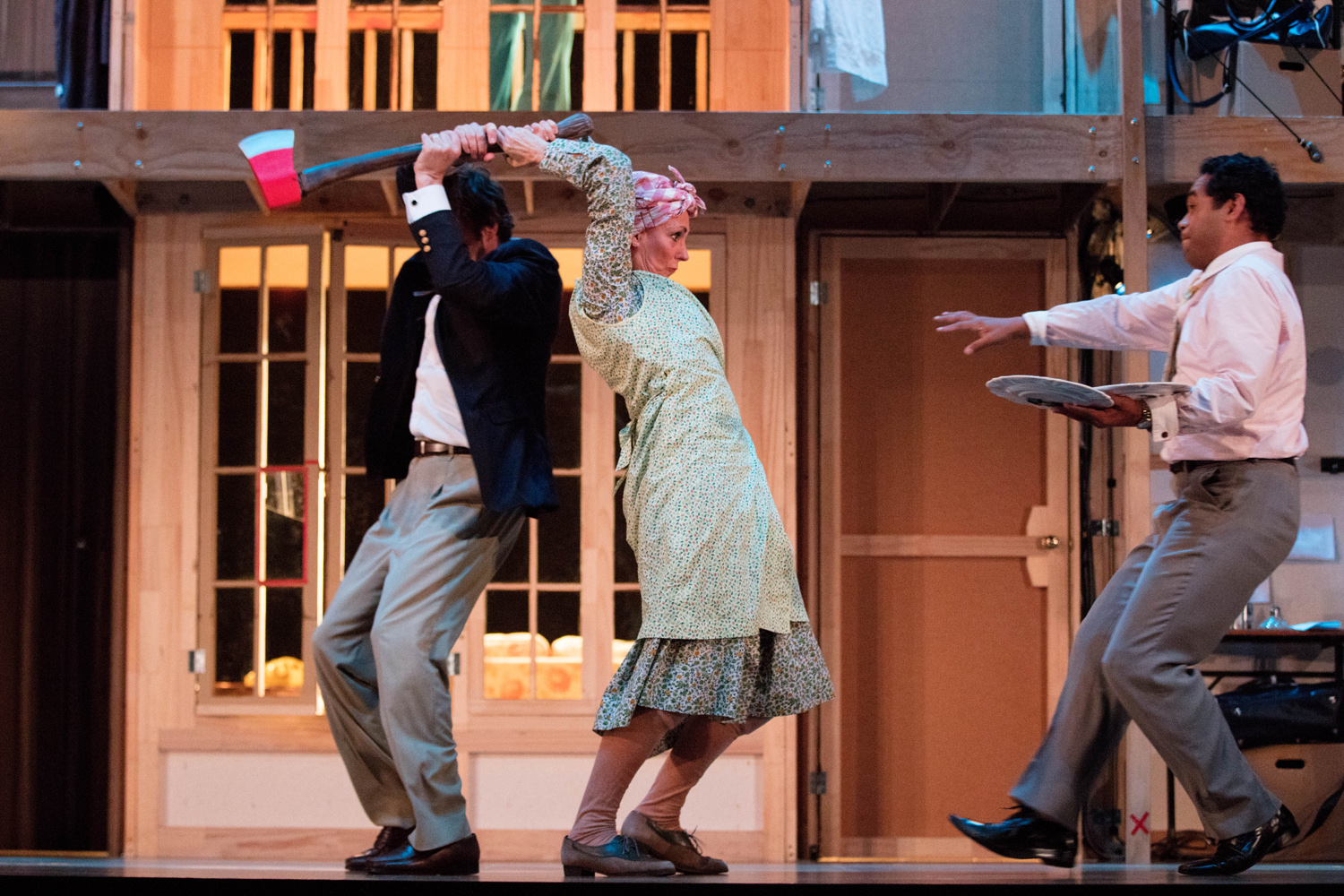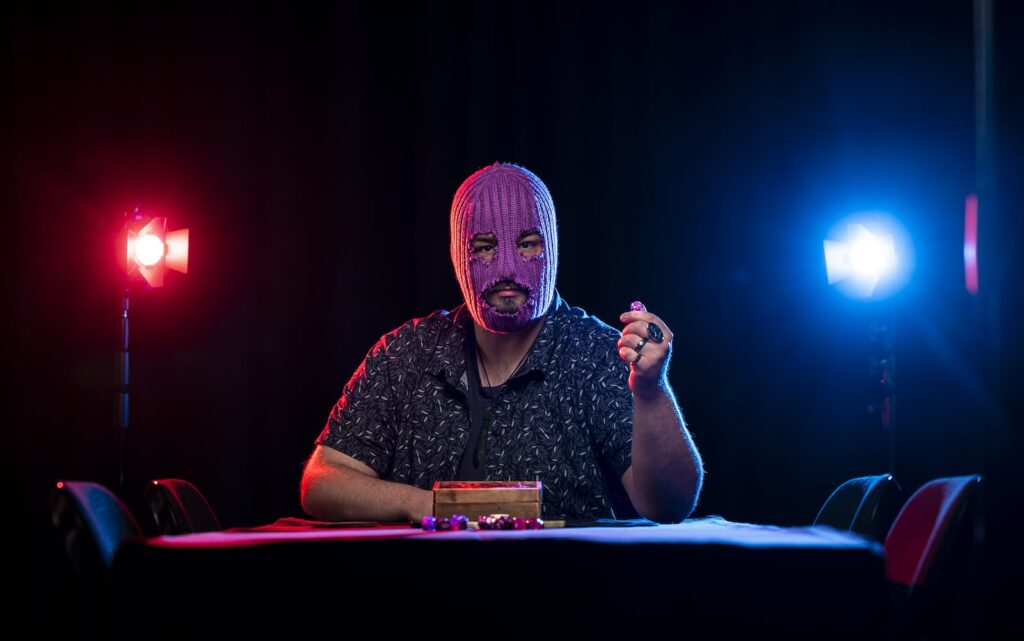Written and set in the UK in the early ’80s, the production follows the trials and tribulations of an ensemble cast performing a play within a play. Renowned for directing plays ranging from serious to downright grim (including the sucker-punch Aussie play The Boys; an unrelenting inspection of male violence and brutality), Strong was drawn to the piece after watching it performed live twice and pondering how he’d have a crack at it.
“As a director, I like to range around a bit stylistically,” Strong says. “Plus, I’ve always enjoyed making comedies. I think it’s funny because your approach to rehearsal doesn’t differ much with the style of work that you’re creating. If you’re creating work that is dark, then you tend to have as much fun as you can while you’re making it. The flip side is when you’re working on a comedy that’s intended to be funny, there’s an inevitable phase in the middle of making it where you realise that this is not funny at all, it’s actually quite hard work.”
Intuitively, Strong knew that every production of this play would be different from its predecessors, but at least one of the distinguishing features of this spin of Noises Off stems from its faithfulness to Frayn’s vision. “There’s this wonderful stage direction about the description of the set in Frayn’s original that says, ‘The set is a superb example of the traditional English set builder’s craft, a place where the discerning theatergoer will feel instantly at home,’” Strong says. “Sometimes you’ll see productions on Noises Off that tend to interpret the people putting on the play [within the play] as unnecessarily amateur.
“In designing it with a sense of production and scale, this is a good, solid, English repertory production with actors who take themselves quite seriously, and that’s where some of the comedy lies – the fact that they do take themselves and what they do so seriously.”
Part of the play’s attraction also stems from its sense of scale. “It’s a big show in terms of the precision of choreography and timing that’s required,” Strong says. “It’s an interesting challenge, because effectively you’re designing two sets for Noises Off and trying to capture the genius of Frayne’s construction: you’re designing both a front-stage world and a backstage world as well. Our conception of the backstage world is not just the back of the flats or the set that you see, but the kind of theatre that it fits within as well. It’s a large act of design.”
Former artistic director and associate artistic director of Kings Cross icon Griffin Theatre and Melbourne Theatre Company respectively, Strong also marveled at the timing of Frayne’s conception: it’s not just about relentlessly whacking the funny bone. “For me, it’s about the way it manages to combine comedy with substance,” Strong reflects. “You have people’s expectations of Noises Off coming from the review quotes about it being the ‘funniest play ever written,’ all of which is true, but what’s really important for an audience coming into Noises Off and what makes it even greater is that its comedy accumulates.
“It’s like any great farce, say an episode of Fawlty Towers, where there’s an exercise in winding up the farcical mechanism before you can let it rip. I think that’s why Noises Off is so enduring, because it’s both clever and funny – clever in the way it sets up its mechanism before it lets it loose.”







